A hundred years ago, if you walked the streets of the Lower East Side, you would expect to hear Yiddish spoken all around you and to see storefronts covered in Hebrew letters spelling Yiddish words. But as an article in the Jewish Immigration Bulletin noted in 1916, from time to time you might come across “other signs in Hebrew characters that you perhaps cannot read” advertising establishments like Cafe Constantinople and Cafe Smyrna.
And the people who sat in those cafes — “Are they Jews? No, it cannot be; they do not look like Jews; they do not speak Yiddish. Listen: What is that strange tongue they are using? It sounds like Spanish or Mexican….
“On your way home you think and wonder who these alien people can be who speak Spanish, yet are not Spaniards; speak Greek, yet are not Greeks; have Turkish as their mother tongue and wear turbans, yet are not Muslims.”
The answer, of course, is that these mysterious people were Sephardim — descendants of the Spanish Jews who settled in the Ottoman Empire after they were expelled from Spain in 1492. But as Aviva Ben-Ur shows in “Sephardic Jews in America: A Diasporic History,” it was remarkably difficult for the vast majority of American Jews, whose roots lay in Eastern Europe, to know how to think about their Sephardic neighbors.
As the description above makes clear, for Ashkenazic Jews, Jewishness was signaled by a few basic markers — above all, physical appearance (including skin color) and knowledge of Yiddish. Could a Jew who spoke Ladino, which bears roughly the same relationship to medieval Spanish as Yiddish does to medieval German, really be considered a Jew at all?
That was the question one Ashkenazic woman posed in a letter to the editor of La Bos del Pueblo (“The Voice of the People”), one of the Ladino newspapers that briefly flourished in New York City in the first half of the 20th century. Clara wrote to ask about Jack, a Sephardic man with whom she had fallen in love.
“At first glance, I thought him Italian,” she explained. “The way he spoke, his countenance and his gestures were like those of the Italians. But later, when we began seeing each other, he swore to me that he is a Spanish-speaking Jew.”
The problem was that Clara’s parents refused to believe it, and so they would not consent to the match. “Now, I beg you,” Clara implored the editor, “to tell me through your esteemed newspaper if it is possible that a Jew who doesn’t speak Jewish, and doesn’t look Jewish, can nevertheless have a Jewish soul.”
The answer was just what Clara wanted to hear, and one hopes her parents read it: “Yes, Clara, the boy speaking Spanish, having Italian gestures, who can read our newspaper, is Jewish…. There are many examples of Sephardim living with Ashkenazim in the greatest harmony.”
But as Ben-Ur goes on to point out, things were not quite as rosy as La Bos del Pueblo made them seem. In fact, she writes, “marital liaisons between Ashkenazim and Eastern Sephardim were exceedingly rare during the first immigrant generation.” So strong was Ashkenazic skepticism that in Seattle, where there was a sizable Sephardic community, a Sephardic Jew was four times more likely to marry a Christian than an Ashkenazic Jew.
The story Ben-Ur has to tell, then, is largely one of miscommunication. But failures to communicate can be as revealing, in their way, as successes, and the ways Sephardic and Ashkenazic Jews thought about one another in the early 20th century offers some surprising insights into the construction of modern American Jewish identity.
That is why “Sephardic Jews in America” offers so much food for thought, even though, as Ben-Ur readily acknowledges, Sephardic Jews were never more than a tiny fraction of the Jewish population — “a minority within a minority,” to use her term.
The very first Jews in North America had been “Western Sephardim” — Jews whose ancestors left Spain for Portugal, the Netherlands and England and who came to the New World in the wake of those countries’ colonial expansion. New York’s Congregation Shearith Israel was established in the 17th century to serve these Jews, who spoke Spanish or Portuguese, not Ladino, and some of the most prominent Jews in American life, such as Benjamin Cardozo and Emma Lazarus, traced their roots back to these pioneers.
Ironically, even as the relationship between Sephardim and Ashkenazim showed strain, the myths and stereotypes associated with Sephardic Jews were largely positive ones. Ben-Ur devotes a chapter to the way that Ashkenazic schools and synagogues came to use the Sephardic pronunciation of Hebrew, influenced by the prestige of Palestinian Hebrew speakers. And many German and Eastern European Jews — like many American Jews today, one might add — cherished a highly idealized picture of the Golden Age Spain as a time of Jewish flourishing, and particularly of successful Jewish assimilation.
Sephardic Jews could draw on this legacy for communal pride, as in a 1911 article from La America that Ben-Ur quotes: “The blood of Maimonides, Judah HaLevi, and the Abravanels still courses through our veins.”
Yet this sort of myth could also prove to be a double-edged sword, when Ashkenazim observed that 20th century Sephardic immigrants were not all Abravanels. Indeed, Ben-Ur notes, some Ashkenazic critics of Sephardim attributed to them the very vices — for instance, an excessive interest in bargaining — that Europeans attributed to Ashkenazim themselves. It isn’t easy to be a minority group, but as Ben-Ur shows, being a minority within a minority is harder still.
Adam Kirsch is the author of “Benjamin Disraeli,” a new biography in Nextbook’s Jewish Encounters series. Reprinted from Nextbook.org, a new read on Jewish culture.






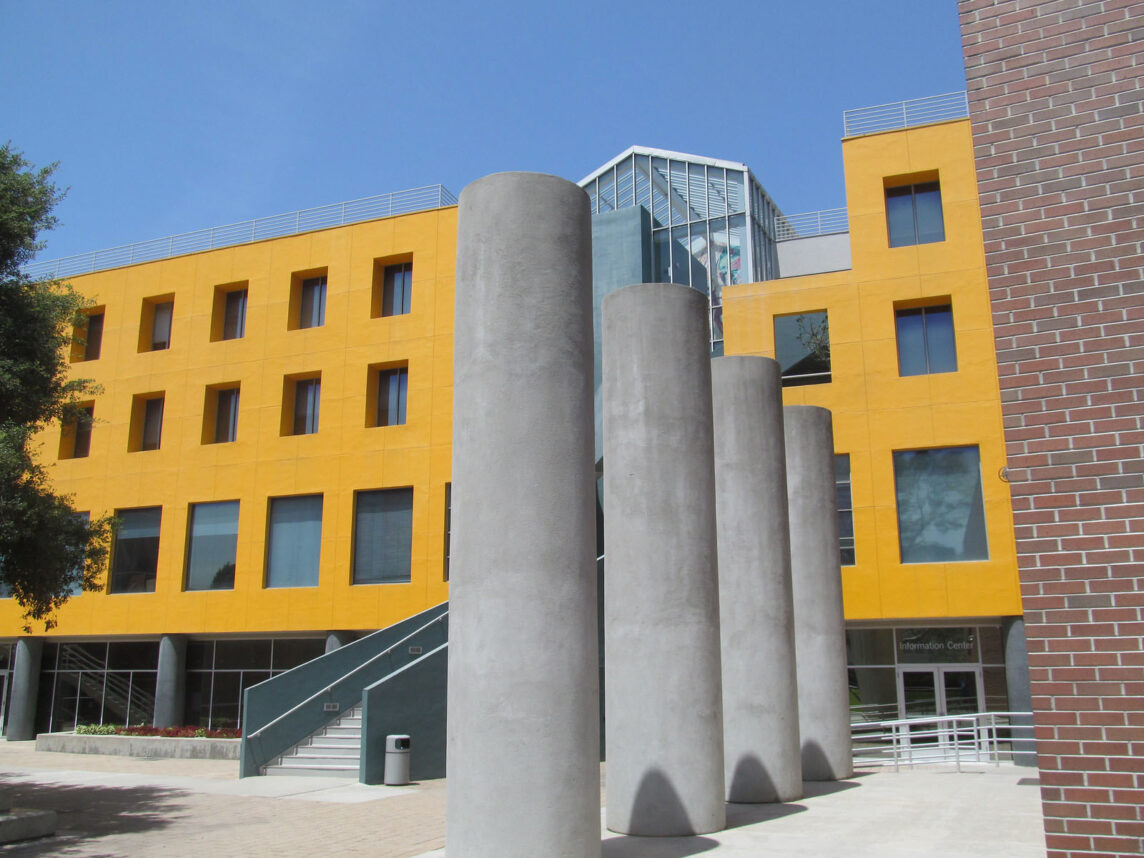
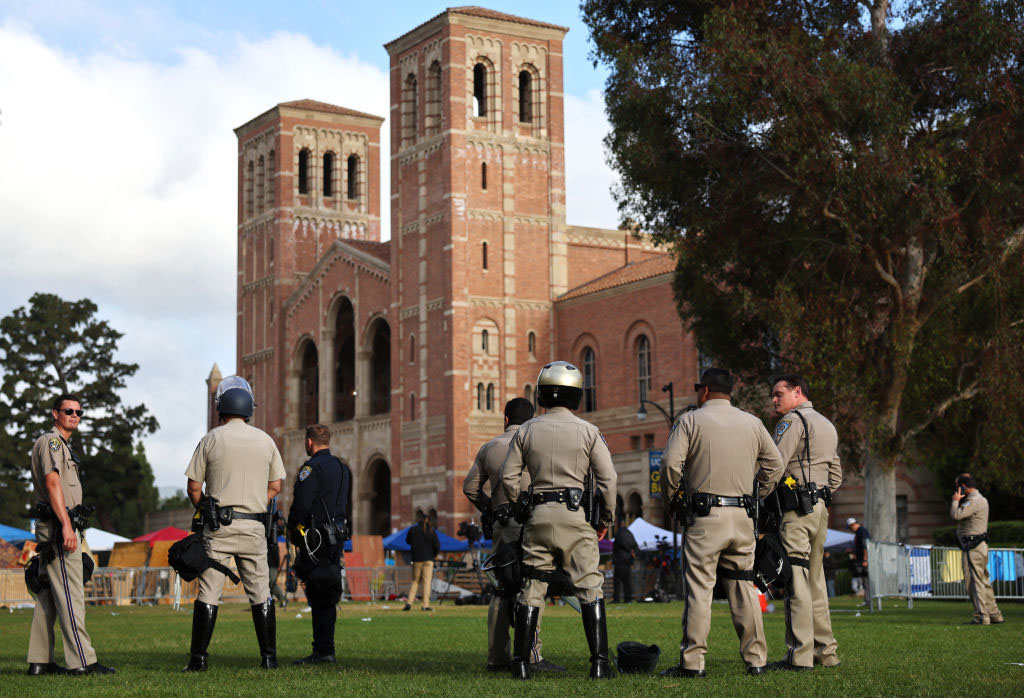
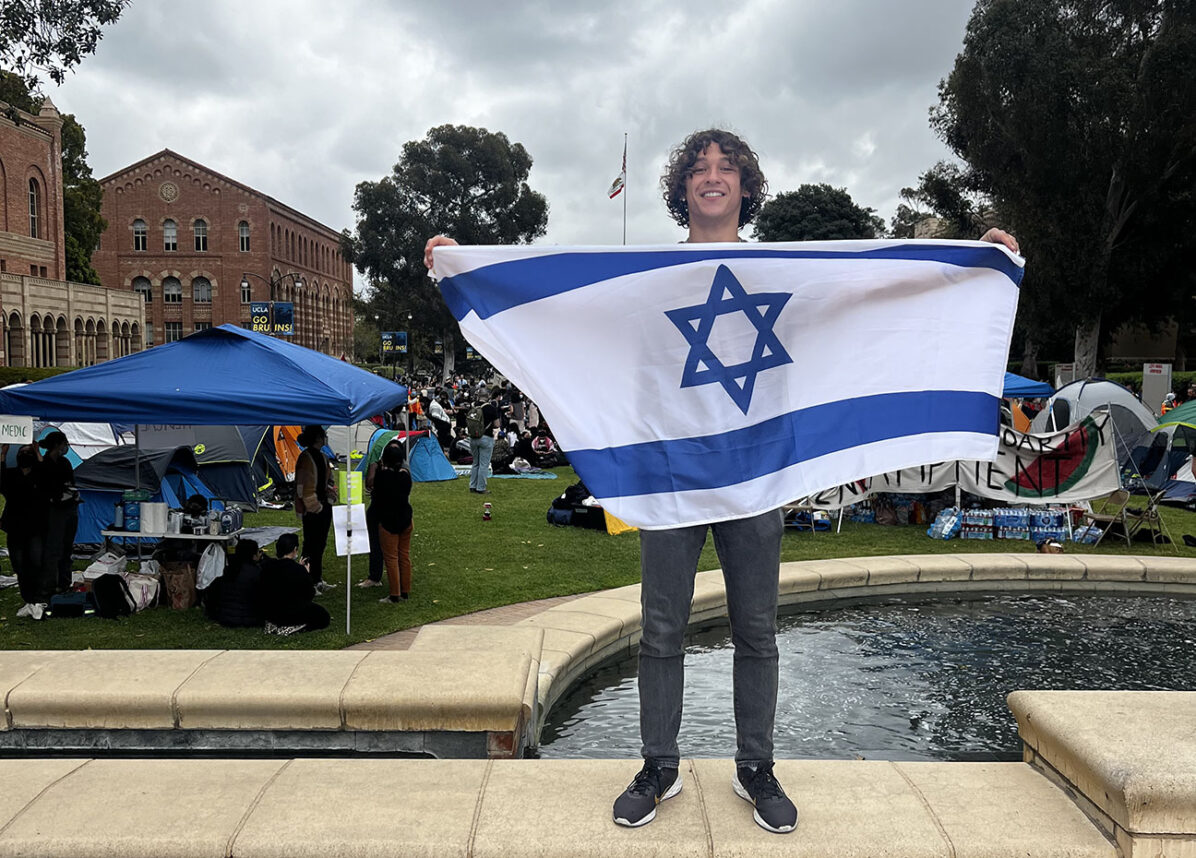
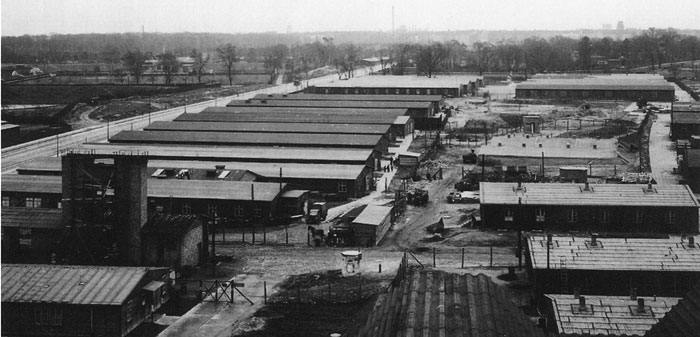
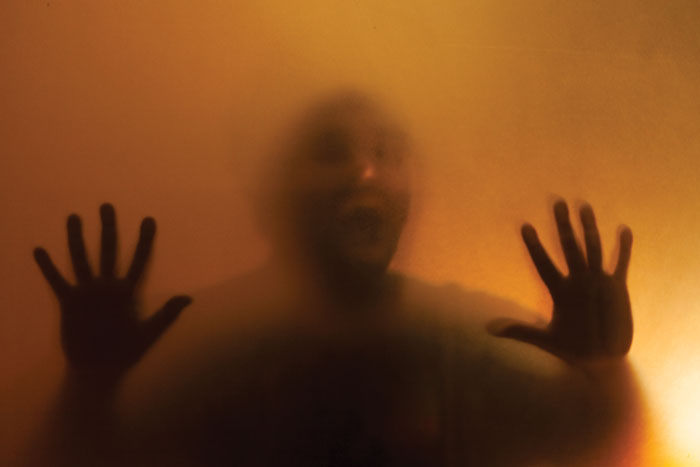
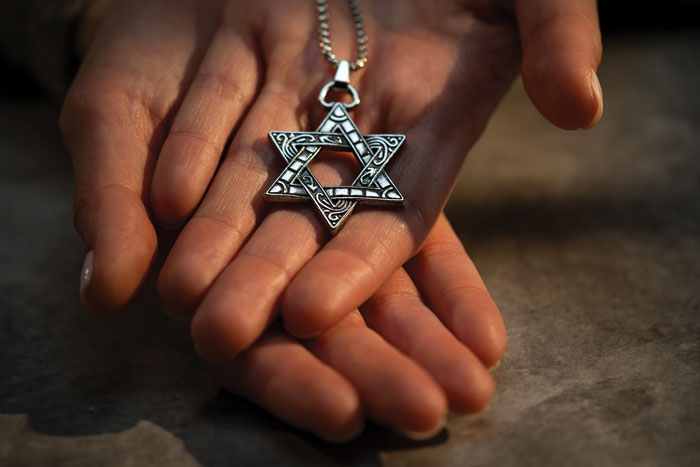

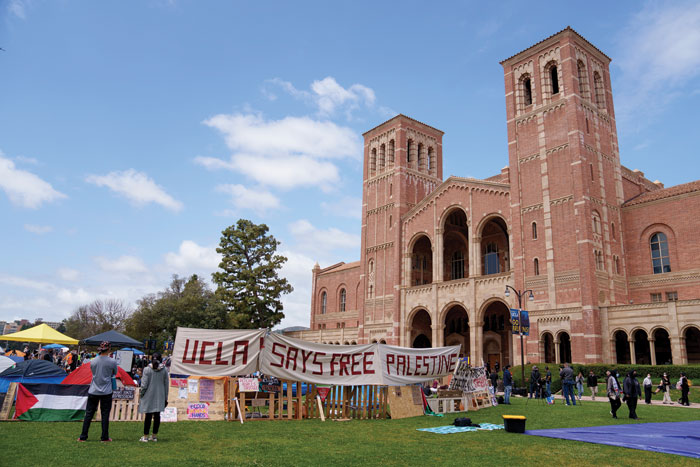








 More news and opinions than at a Shabbat dinner, right in your inbox.
More news and opinions than at a Shabbat dinner, right in your inbox.